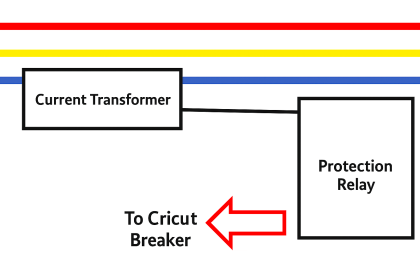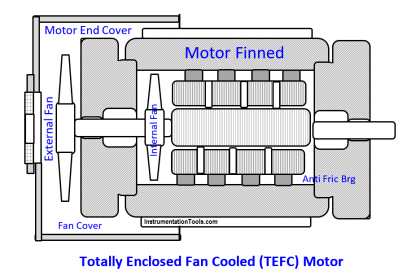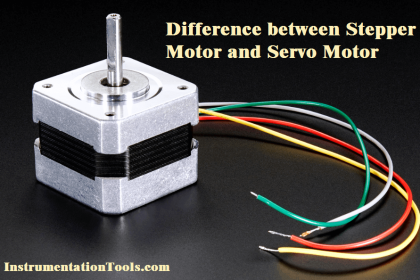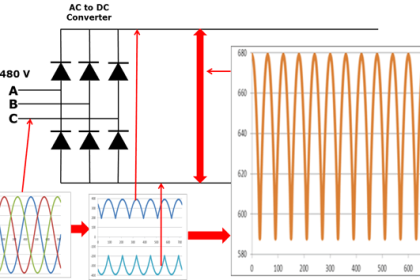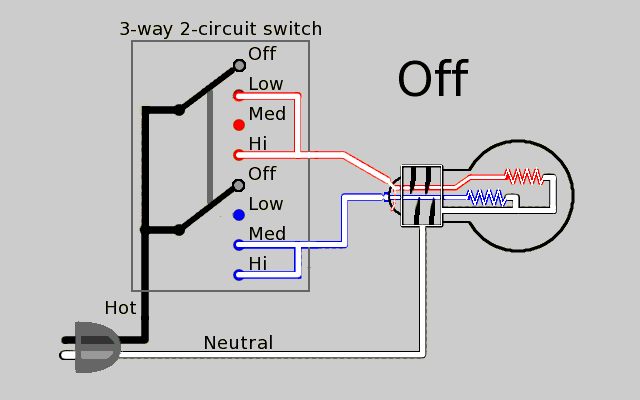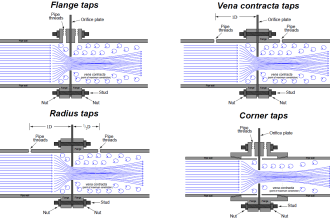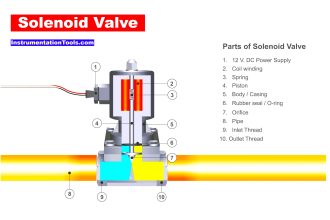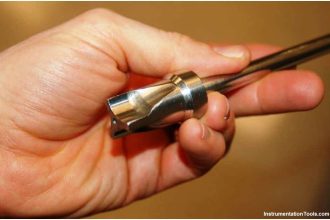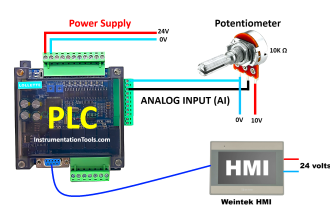A circuit breaker is an essential component of electrical circuits. The circuit breaker is used to open or close a circuit and open the circuit in case of a fault. There are many types of circuit breakers depending on what type of fault it can sense.
Now, suppose a case arises where the breaker fails to open in case of a fault. In that case, the fault current will pass through this breaker and damage the remaining circuits connected to it. So, a device called an LBB protection relay is used to protect the circuit from getting damaged.
In this post, we will learn the concept of the LBB protection relay. The local breaker backup (LBB) protection relay acts as a backup to trip adjacent breakers if the primary breaker fails to clear a fault.
Why does a circuit breaker fail to open?
A circuit breaker can fail to open due to various reasons. The first case is if the relay which gives the trip command to the breaker fails to operate.
For example, you know an earth leakage relay. It detects earth leakage fault current and gives a command in that case. So, if the relay fails to operate, then the breaker will not get any trip input and it will remain closed.
Second, suppose the coil inside the breaker is faulty. In that case, the breaker will not operate properly. Third, if the breaker mechanism inside fails to detect the trip, then too it will remain closed.
The function of the LBB protection relay
LBB stands for local breaker backup. To understand its function, refer to the below image. There are circuit breakers in each line of the system. It supplies power to their corresponding circuits.
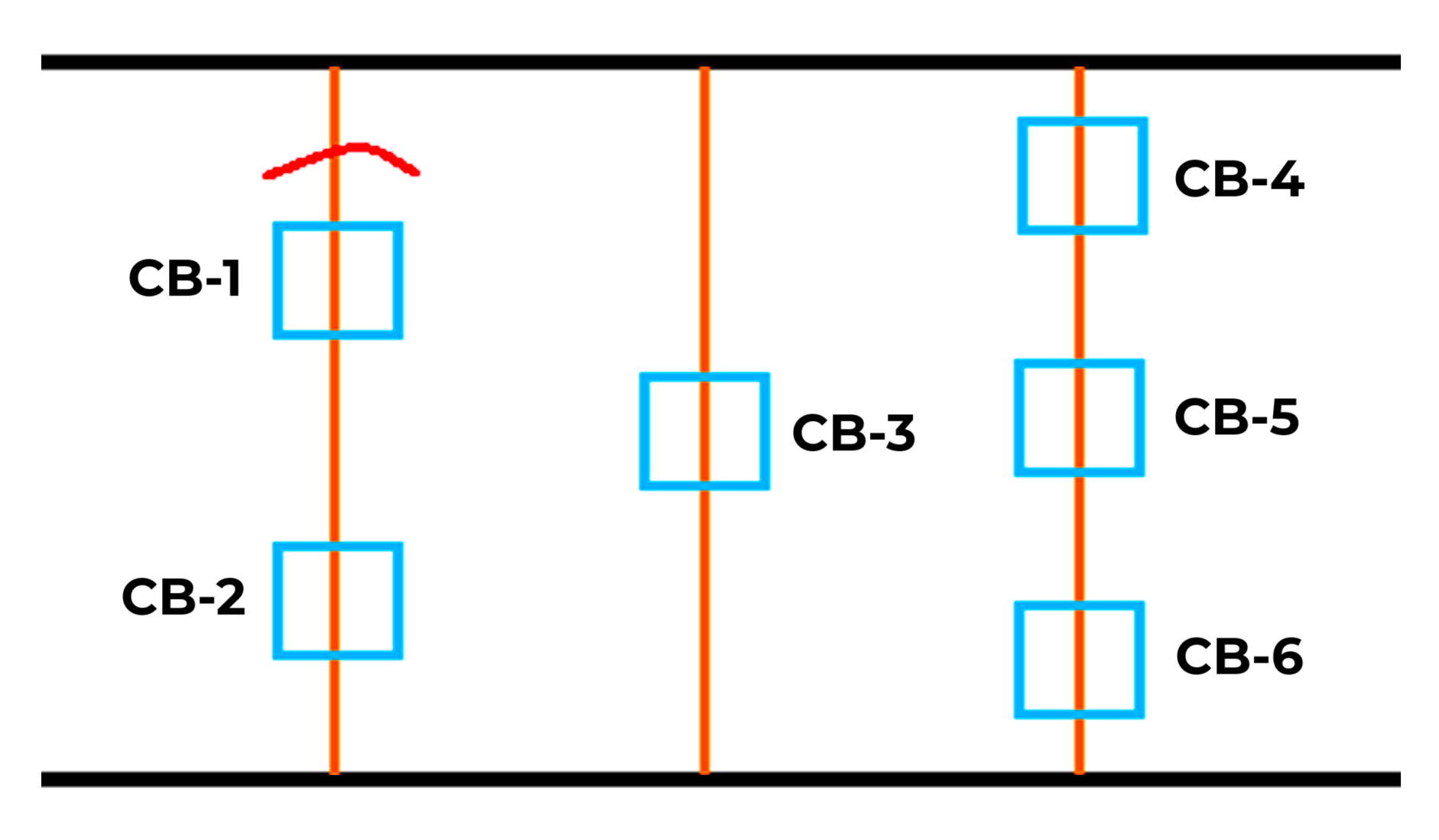
Suppose there occurs a fault in the line of circuit breaker-1 (CB-1) as shown in red color. Ideally, the CB-1 detects the fault and opens itself, to protect the remaining circuit. But, suppose the CB-1 fails to open.
In that case, the fault current will bypass the CB-1 and flow to other circuits and breakers. This will damage the system. So, it is required to implement a system which will detect this breaker failure and still protect the system. This role is played by the LBB protection relay. This relay will open all the breakers in the circuit and isolate the fault in that corresponding area only.
Principle of LBB protection relay
Let us now understand the workings of the LBB protection relay. As we know, a circuit breaker should ideally detect fault conditions or read a trip input from an external relay and open itself to prevent any mishap. It does this by two factors – setting current and setting time. A value of trip current is set in the breaker and a sensing time is set to open the circuit.
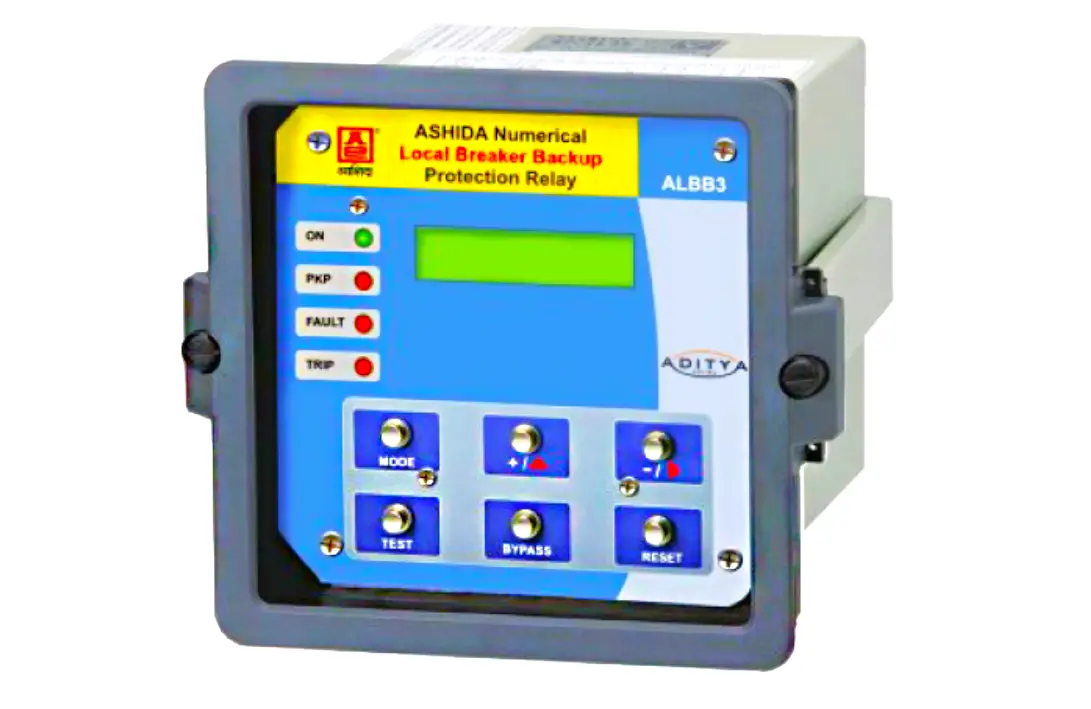
Suppose the fault current value is set to 200A and the time is set to 30ms. If the fault current of above 200A persists for more than 30ms, then the breaker will trip and open. In our case, if this breaker fails to operate, then a master controller of LBB will work.
LBB relay is connected to all the breakers. If a local time of 30 ms is set in a breaker, then a time of 200 ms will be set in the LBB relay. When a fault current is detected in the line, the timer starts in both the relays (local and LBB). If the breaker itself is able to open itself, then good. But, if it fails, then the timer is still running in the LBB relay.
After 200ms, it will give a trip command to all the breakers in the circuit and isolate the fault. The timing is set to a greater value in LBB so that it is able to master control of all the faults and breakers in the circuit.
Otherwise, the breaker connected is of no use and all the work will be done by LBB only. So, LBB works as a backup option for the breakers and protects the circuit in case of a failure.
In this way, we saw what is LBB protection relay.
Read Next:
- Automatic Circuit Recloser
- De-energized Electrical Circuits
- How to Locate Faults in Cables?
- Variable Air Volume Controller
- Why is HV Testing important?

